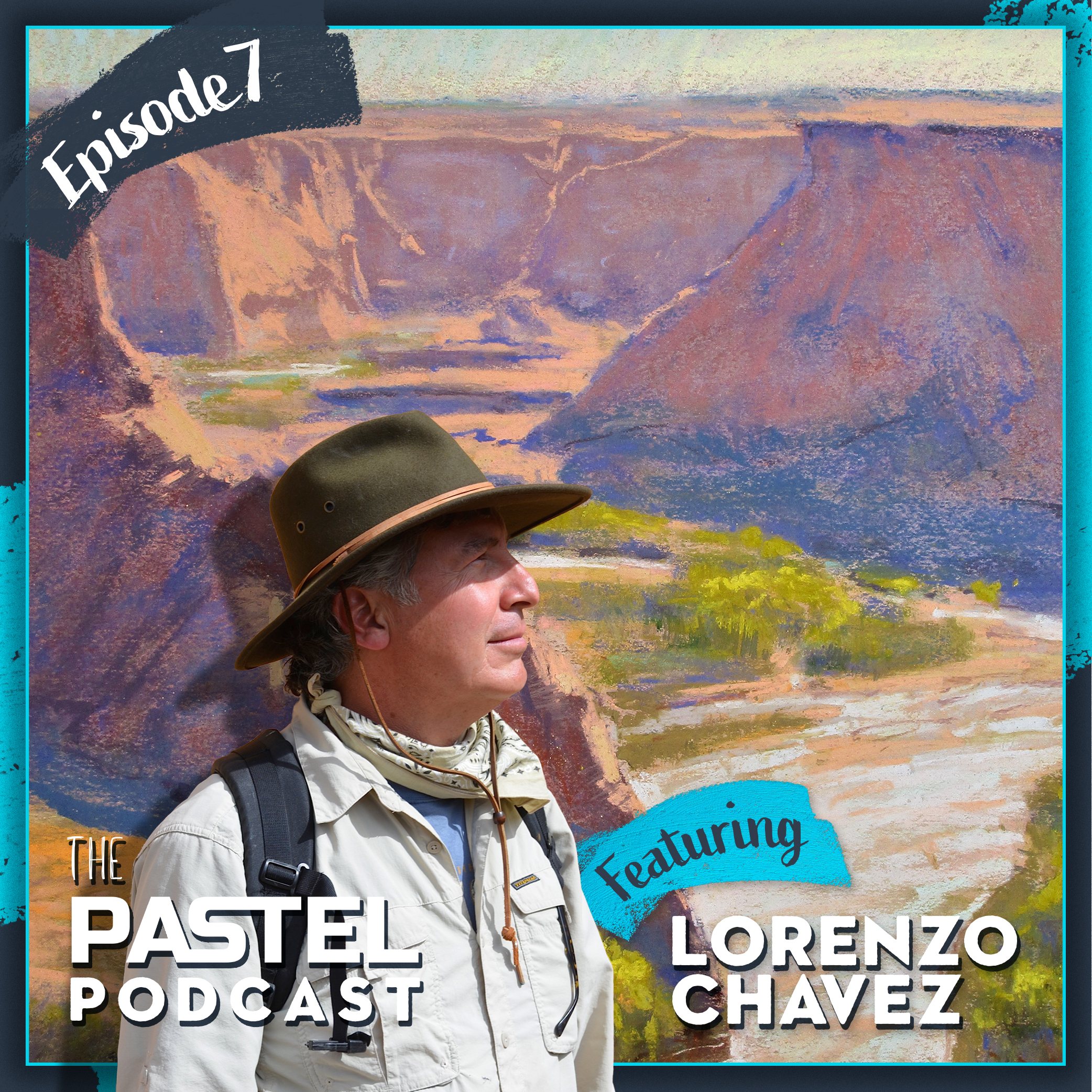The Pastel Podcast

The Pastel Podcast
Podcast Description
The Pastel Podcast is your monthly destination for everything in the vibrant world of pastel painting! Hosted by pastel artists Lisa Skelly and Kari Stober, we bring pastel fans around the globe inspiring stories, and engaging discussions with some of today’s top pastel artists.
Whether you're a seasoned pastel painter or just starting your artistic journey, you'll find inspiration, practical tips, and pure passion for the pastel medium here. The Pastel Podcast is dedicated to celebrating the beauty, vibrancy, and joy of painting with pure pigment.
Podcast Insights
Content Themes
The podcast covers a variety of topics within the pastel painting realm, focusing on practical techniques, personal journeys, and artistic expression. Episodes include discussions on plein air painting, the significance of color theory, and interviews with prominent pastel artists like Kim Lordier, exploring their unique processes and the deeper connections fostered through art.

The Pastel Podcast is your monthly destination for everything in the vibrant world of pastel painting! Hosted by pastel artists Lisa Skelly and Kari Stober, we bring pastel fans around the globe inspiring stories, and engaging discussions with some of today’s top pastel artists.
Whether you’re a seasoned pastel painter or just starting your artistic journey, you’ll find inspiration, practical tips, and pure passion for the pastel medium here. The Pastel Podcast is dedicated to celebrating the beauty, vibrancy, and joy of painting with pure pigment.
In this inspiring episode of The Pastel Podcast, hosts Kari Stober and Lisa Skelly welcome renowned pastel and oil painter Lorenzo Chavez — celebrated for his breathtaking Southwest landscapes and painterly approach to light, color, and atmosphere.
Lorenzo shares his artistic journey growing up in New Mexico, how the Taos Society of Artists and the Southwest’s vibrant scenery shaped his love for plein air pastel painting, and what it means to capture “the poetry of place.” He also discusses his process for layering pastels, balancing composition and value, and staying inspired through nature, travel, and teaching.
You’ll gain insights into Lorenzo’s studio practice, plein air techniques, and the mindset that fuels his decades-long career as one of America’s leading pastel artists. Whether you’re a painter, pastel artist, or creative soul seeking inspiration, this conversation will renew your passion for the medium.
Subscribe for more artist interviews, pastel painting tips, and stories from today’s top plein air and pastel painters!

Disclaimer
This podcast’s information is provided for general reference and was obtained from publicly accessible sources. The Podcast Collaborative neither produces nor verifies the content, accuracy, or suitability of this podcast. Views and opinions belong solely to the podcast creators and guests.
For a complete disclaimer, please see our Full Disclaimer on the archive page. The Podcast Collaborative bears no responsibility for the podcast’s themes, language, or overall content. Listener discretion is advised. Read our Terms of Use and Privacy Policy for more details.